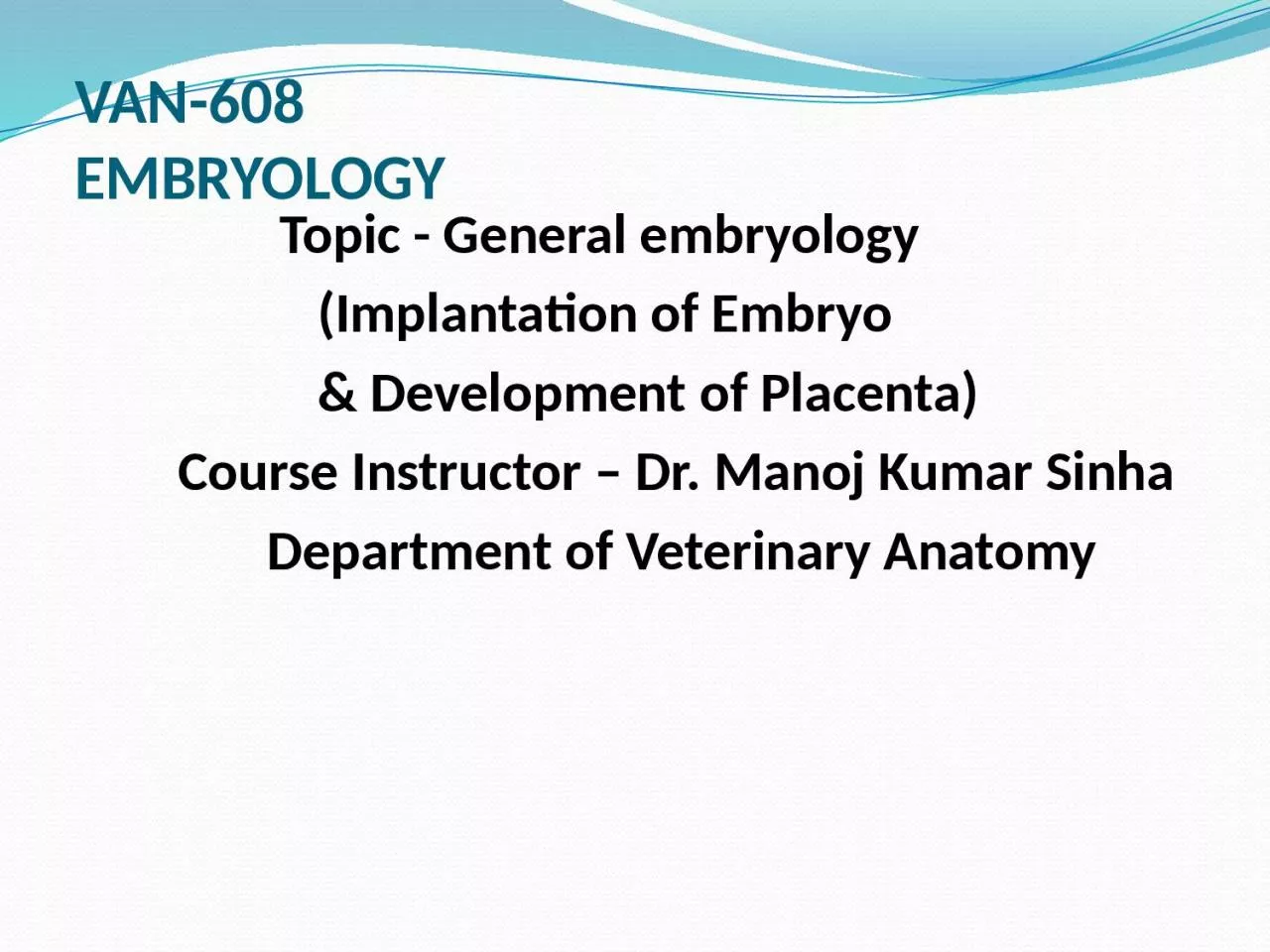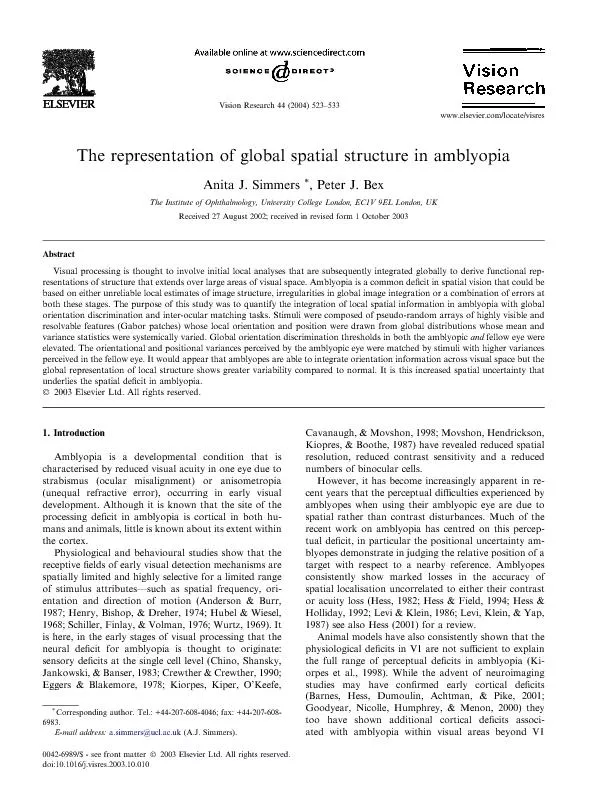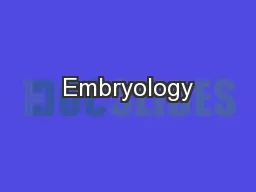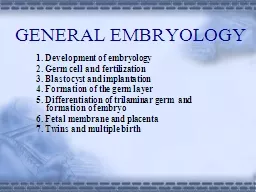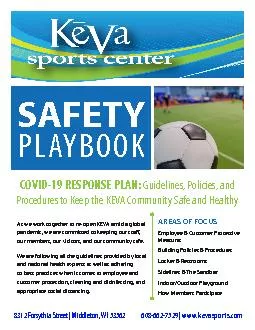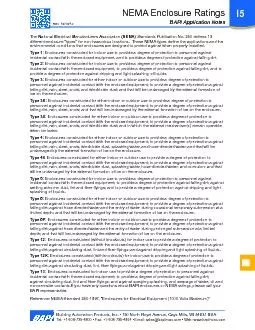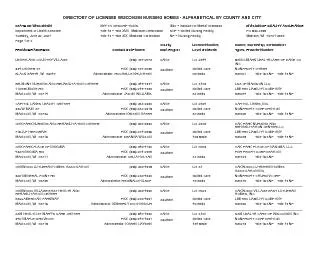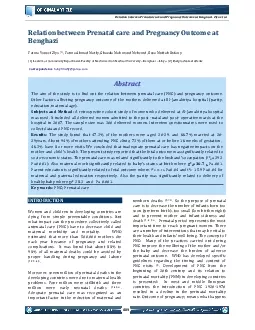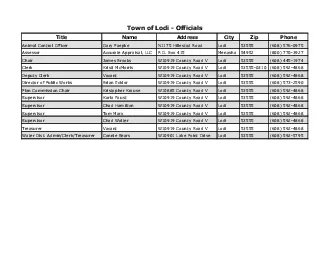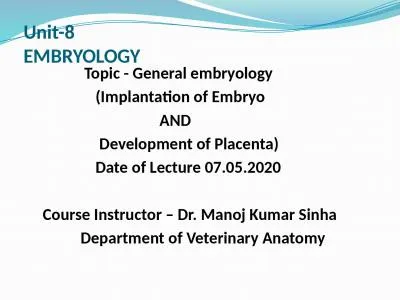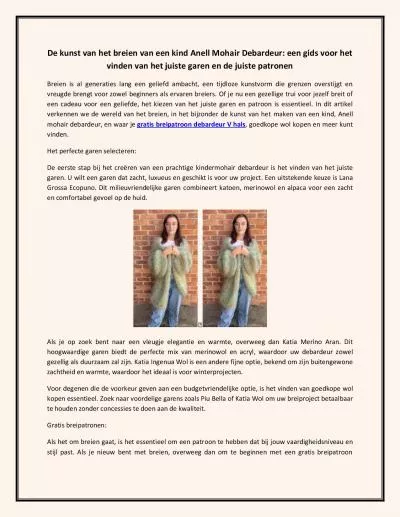PPT-VAN-608 EMBRYOLOGY Topic - General embryology
Author : ButterflyHeart | Published Date : 2022-08-03
Implantation of Embryo amp Development of Placenta Course Instructor Dr Manoj Kumar Sinha Department of Veterinary Anatomy
Presentation Embed Code
Download Presentation
Download Presentation The PPT/PDF document "VAN-608 EMBRYOLOGY Topic..." is the property of its rightful owner. Permission is granted to download and print the materials on this website for personal, non-commercial use only, and to display it on your personal computer provided you do not modify the materials and that you retain all copyright notices contained in the materials. By downloading content from our website, you accept the terms of this agreement.
VAN-608 EMBRYOLOGY Topic - General embryology: Transcript
Download Rules Of Document
"VAN-608 EMBRYOLOGY Topic - General embryology"The content belongs to its owner. You may download and print it for personal use, without modification, and keep all copyright notices. By downloading, you agree to these terms.
Related Documents

